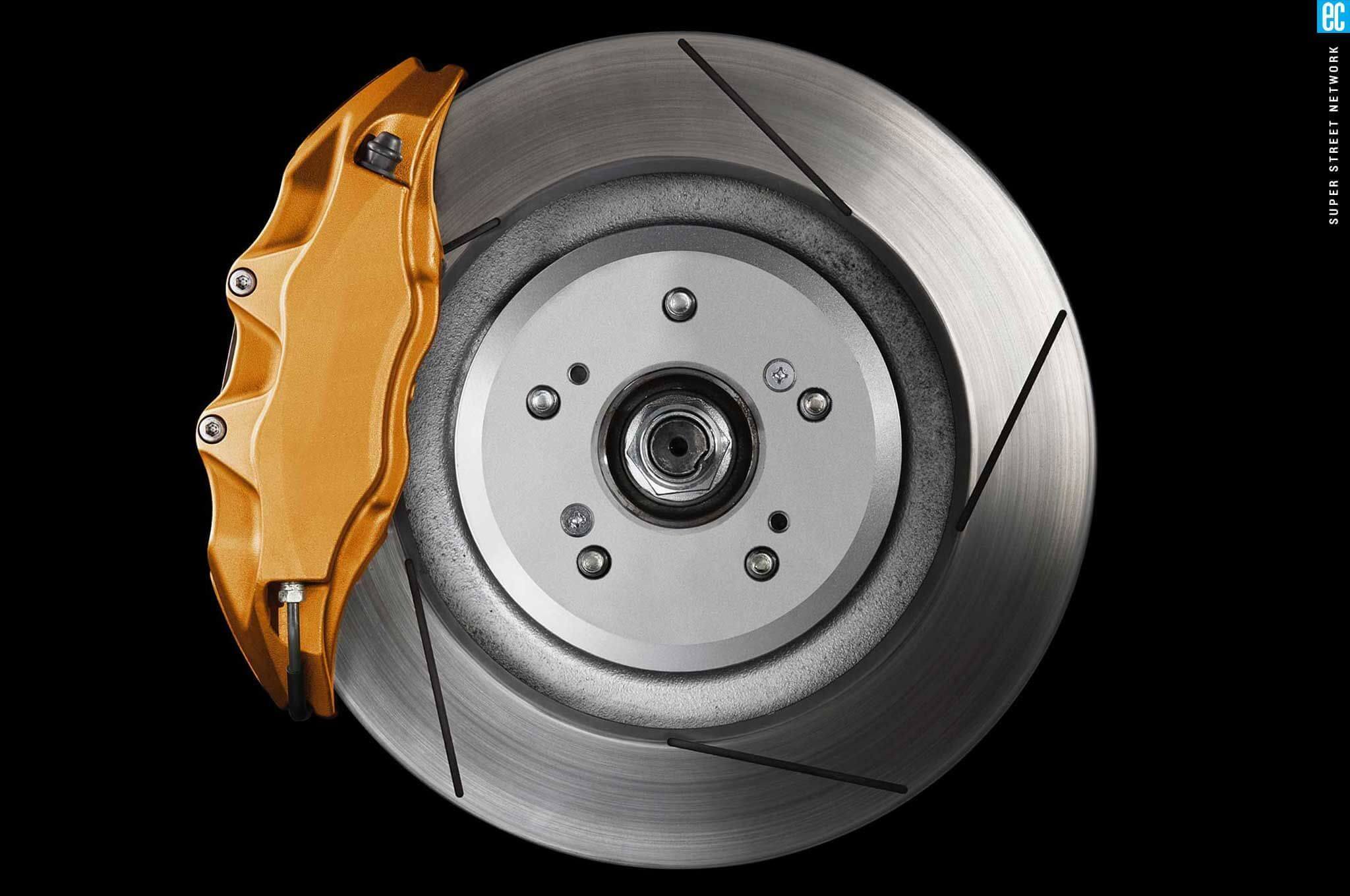Are Brake Lights And Tail Lights The Same

For the average driver, brake lights and tail lights might seem like interchangeable terms, glowing red blobs at the back of their car. But for us, the discerning enthusiasts who obsess over 0-60 times and perfect apexes, the devil’s in the details. Are they truly the same? Buckle up, because we're diving deep into the illuminated world of automotive rear lighting.
A Tale of Two Lights: Functionality First
Let's start with the basics. Tail lights are your constant companions when driving at night or in low-visibility conditions. They're designed to make your vehicle visible to other drivers, acting as a crucial safety feature. Think of them as saying, "Hey, I'm here!"
Brake lights, on the other hand, are specifically designed to signal that you're slowing down or stopping. They activate when you depress the brake pedal, providing a clear warning to drivers behind you that they need to adjust their speed or prepare to stop.
So, the primary difference is their function. Tail lights provide constant visibility, while brake lights are triggered by braking.
The Shared Stage: Red is the Key
The most obvious similarity is color: both tail lights and brake lights are almost universally red. This standardized color is crucial for immediate recognition and reaction. Imagine the chaos if brake lights were blue and tail lights were green! Thankfully, regulatory bodies like the DOT in the US ensure consistency for safety reasons.
But even this isn't entirely uniform. Some older vehicles, especially those from across the pond (Europe), might incorporate amber turn signals into the tail light housing. While not directly related to braking or general visibility, it highlights how tail light design can vary geographically.
Technical Teardown: Bulbs, LEDs, and Beyond
The technology behind these lights has evolved significantly. Older cars typically used incandescent bulbs for both tail and brake lights. Modern vehicles, however, increasingly utilize LEDs (Light Emitting Diodes). Let’s compare these technologies:
| Technology | Pros | Cons |
|---|---|---|
| Incandescent Bulbs |
|
|
| LEDs |
|
|
The faster response time of LEDs is a significant safety advantage. Studies have shown that even a fraction of a second can make a difference in preventing rear-end collisions.
Real-World Driving Impressions: Seeing is Believing
Driving a classic muscle car with traditional incandescent bulbs, you notice a softer glow from the tail lights. The brake lights illuminate, but the change in intensity isn't as dramatic as on a modern car with LEDs. In contrast, a newer sports car equipped with LED tail lights and brake lights offers a crisp, immediate illumination. The difference is especially noticeable at night or in heavy rain.
Furthermore, some manufacturers are getting creative with light signatures. Think of Audi's dynamic turn signals or BMW's distinctive LED tail light designs. These aren't just aesthetic flourishes; they contribute to a vehicle's overall visibility and brand identity.
Hybrid Approaches: Combining Functions
In some vehicles, particularly older models or those with simpler designs, the brake light and tail light may share a single bulb. In this setup, a dual-filament bulb provides both a dimmer light for the tail light function and a brighter light when the brakes are applied. This is a cost-effective solution, but it doesn't offer the same distinct separation as dedicated brake and tail lights.
Model Specific Quirks: From Minis to Mustangs
Consider the differences between a classic Mini Cooper and a modern Ford Mustang. The Mini's rear lights are compact and utilitarian, serving both tail light and brake light functions in a single, smaller unit. The Mustang, on the other hand, boasts a more aggressive design with distinct, sequentially illuminated tail lights and brighter, separate brake lights for added visual impact.
- Mini Cooper (Classic): Shared bulb, simple design, focus on functionality.
- Ford Mustang (Modern): Separate lights, sequential turn signals, focus on style and enhanced visibility.
Pros and Cons: Are Separate Lights Always Better?
- Pros of Separate Tail and Brake Lights:
- Clearer distinction between functions.
- Enhanced visibility and safety.
- More design flexibility.
- Cons of Separate Tail and Brake Lights:
- Potentially higher manufacturing costs.
- Can require more complex wiring.
- Pros of Combined Tail and Brake Lights:
- Simpler design and wiring.
- Lower manufacturing costs.
- Cons of Combined Tail and Brake Lights:
- Less distinct signaling.
- Potentially reduced visibility in certain conditions.
Ultimately, the best design depends on the vehicle's intended use and the manufacturer's priorities. A budget-friendly commuter car might prioritize cost-effectiveness, while a high-performance sports car might prioritize maximum visibility and a distinctive aesthetic.
So, are brake lights and tail lights the same? The answer is a resounding no. While they share the common goal of enhancing visibility and safety, they serve distinct functions and employ varying technologies. Understanding these nuances can make you a more informed driver and a more discerning car enthusiast.
Now, let's spark some debate! Which do you prefer: the classic simplicity of combined tail and brake lights, or the modern, high-tech look of separate LED units? And what manufacturer do you think executes rear lighting design the best? Sound off in the comments!
